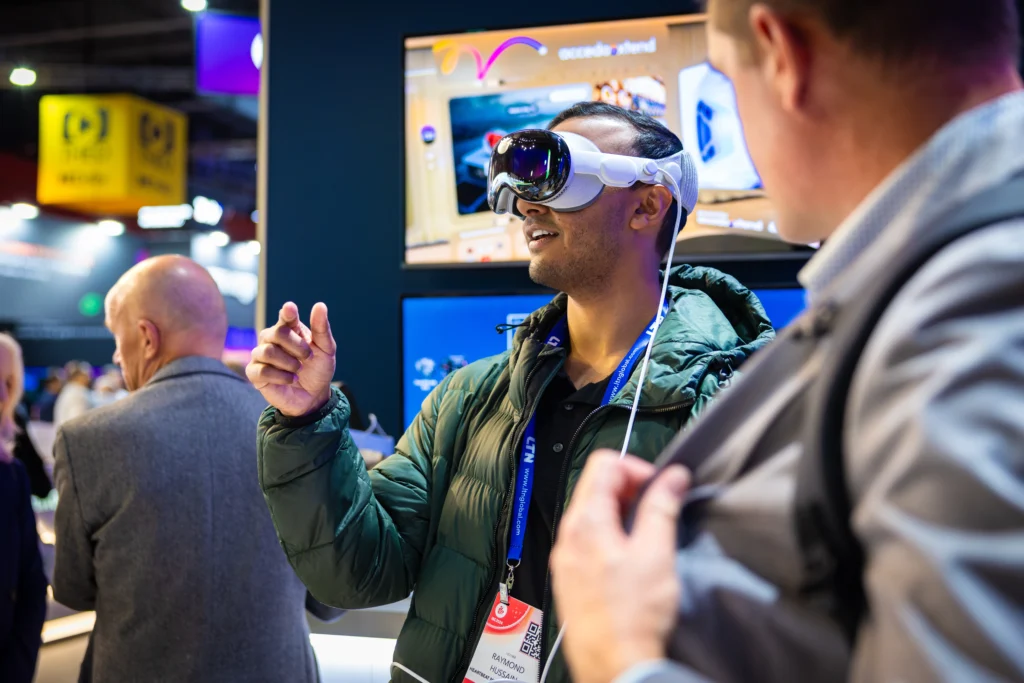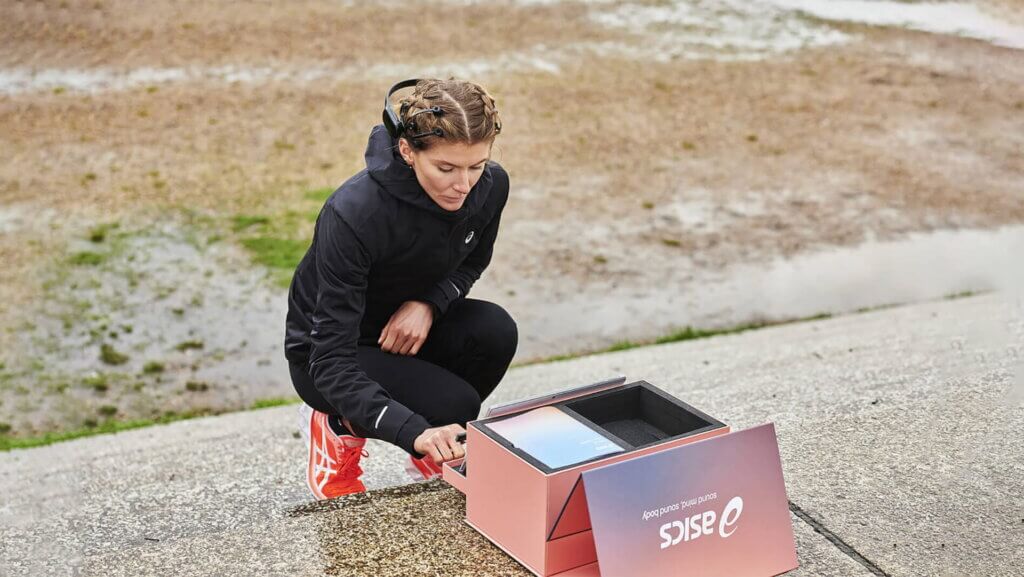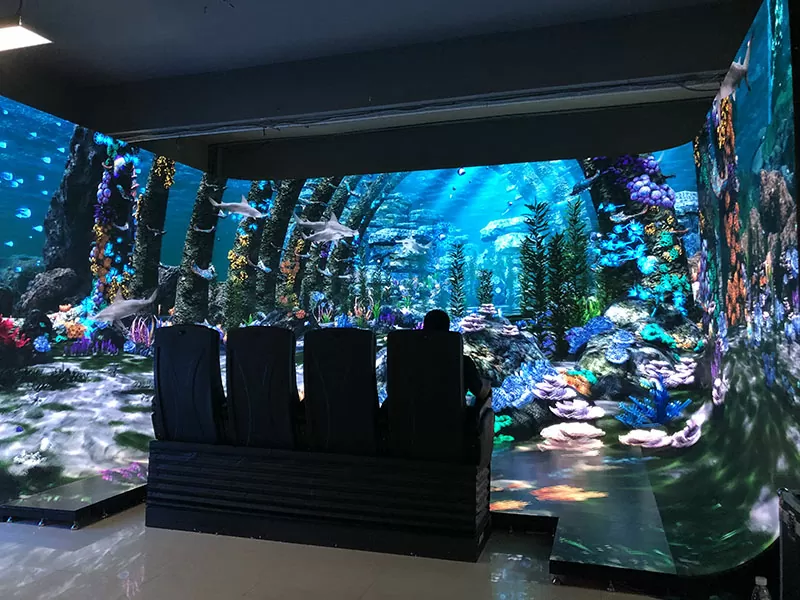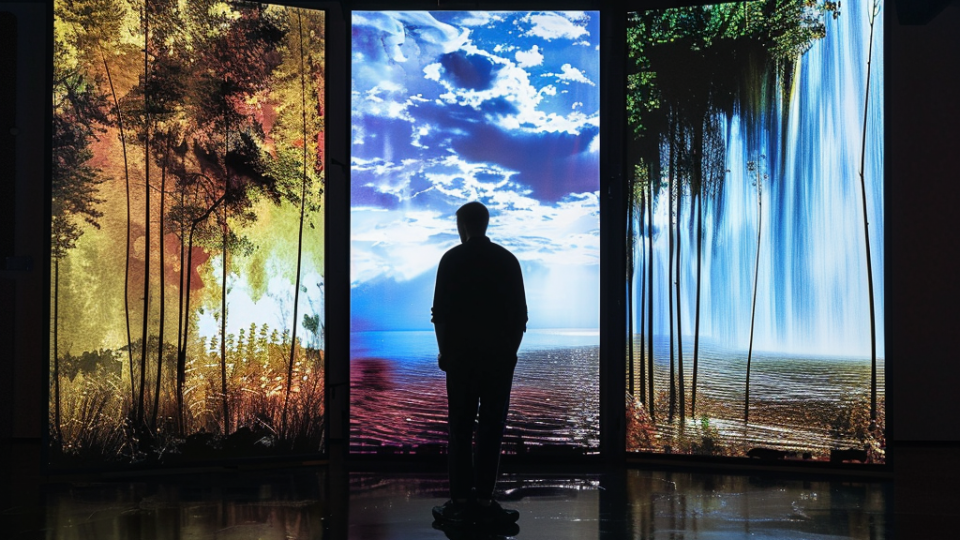As technology evolves at an unprecedented pace, brand experiences are being reinvented. In 2025, the convergence of physical and digital realms—powered by innovations in VR, AI, biometrics, interactive LED technology, AR, wearables, and hybrid activations—is creating opportunities for brands to engage audiences in new, immersive ways. This post explores these trends in depth and demonstrates how forward-thinking brands can harness these technologies for unforgettable experiences.
1. VR’s Evolution: Immersive, Data-Driven Spaces
Why Brands Should Take Notice
Virtual Reality (VR) has grown far beyond its origins in gaming. Today’s VR solutions, exemplified by products such as Apple’s Vision Pro, are transforming brand engagements by merging real and virtual environments with intuitive controls based on eye and hand movements. This fusion offers highly immersive experiences that transport users into entirely new worlds.
Key Stats & Insights
- Market Growth: According to Statista, global VR headset shipments are forecast to reach approximately 13 million units by 2025, reflecting robust industry expansion.
- Enterprise Integration: Industries such as retail, automotive, and sports are increasingly deploying VR to deliver product showcases, interactive training simulations, and live event experiences. These applications not only capture attention but also enhance the learning curve and customer satisfaction.
How Brands Can Use VR
- Virtual Retail Spaces: Create digital storefronts where customers can explore and interact with products in a three-dimensional space.
- Immersive Event Experiences: Offer remote audiences the sensation of being present at live events, thereby expanding reach beyond physical boundaries.
- Innovative Training Modules: Use realistic VR simulations to train staff, reducing costs and improving retention through experiential learning.

2. AI-Powered Personalisation: Transforming Consumer Engagement
Why Should Brands Care?
Artificial Intelligence (AI) is driving a revolution in customer interaction by enabling real-time personalisation. AI-powered systems can analyse consumer behaviour, predict preferences, and deliver tailored experiences that speak directly to individual needs. This shift is redefining how brands interact with customers, making engagements more dynamic and responsive.
Key Stats & Insights
- Consumer Impact: An Epsilon study highlights that 80% of consumers are more inclined to purchase from brands that offer personalised experiences, underlining the value of AI in driving engagement.
- Diverse Applications: Modern AI goes beyond chatbots—tools are now available for real-time video rendering, personalised content creation, and even the development of interactive digital avatars that can serve as brand ambassadors.
How Brands Can Use AI
- Virtual Assistants: Deploy AI-driven chatbots and guides that provide real-time assistance, ensuring customers find the information they need when they need it.
- Dynamic Content Creation: Use AI to generate bespoke content for different segments, adapting messages on the fly based on user interactions.
- Interactive Digital Personas: Develop engaging characters that can interact with customers, offering a human-like touch in digital spaces.
3. Biometrics: Crafting Emotionally Intelligent Activations
Why Should Brands Care?
Biometric technology is enabling brands to design experiences that react to real-time emotional cues. By measuring facial expressions, engagement levels, and physiological responses, brands can adapt their activations to resonate more deeply with audiences.
Key Stats & Insights
- Emotion-Responsive Technology: A Forbes article on biometric innovation highlights how biometric systems are evolving to capture and interpret human emotions, paving the way for highly responsive, adaptive experiences.
- Personalised Storytelling: With biometric insights, narratives can be tailored in real time to mirror a user’s emotional state, thereby enhancing the overall impact and memorability of the activation.
How Brands Can Use Biometrics
- Real-Time Adaptive Installations: Design activations where lighting, sound, and visual elements adjust dynamically in response to biometric feedback.
- Emotion-Driven Narratives: Personalise storytelling in marketing campaigns to reflect the audience’s immediate emotional responses.
- Multi-Sensory Experiences: Combine tactile, auditory, and visual inputs with biometric data to deliver fully immersive brand experiences that leave a lasting impression.

4. Interactive LED Technology: The Future of Dynamic Visual Engagement
Why Should Brands Care?
Interactive LED displays have evolved from static advertisements into dynamic canvases that engage users on multiple sensory levels. These displays can react to movement, touch, or environmental cues, offering a compelling medium for brand storytelling.
Key Stats & Insights
- Enhanced Engagement: A report on Digital Signage Today demonstrates that interactive digital signage can boost dwell times by up to 60% compared to traditional displays, underscoring the effectiveness of dynamic visual media.
- Versatile Applications: With advances in LED technology, installations are becoming more adaptable, capable of altering their display based on real-time data inputs and user interactions.
How Brands Can Use this technology
- Dynamic Billboards: Create billboards that respond to passing traffic or social media trends, making every interaction unique.
- Transformative Retail Environments: Use LED technology to transform store interiors, creating spaces that can change mood or theme in line with marketing campaigns.
- Interactive Product Displays: Develop product showcases that invite consumers to interact directly with digital content, thereby enhancing product discovery and engagement.

5. AR, Wearables, and Mixed Reality: Redefining the Interactive Landscape
Why Should Brands Care?
The integration of augmented reality (AR), extended reality (XR), and wearable technology is igniting excitement in both consumer and enterprise markets. These technologies are not only overlaying digital information onto the physical world but are also making these experiences more personal and intuitive than ever before.
Key Stats & Insights
- Innovative Devices: Leading products such as Meta’s Ray-Ban Stories, Microsoft’s HoloLens 2, Nreal, and Vuzix are at the forefront of this revolution, combining sleek design with advanced functionality.
- Market Potential: A report by IDC forecasts significant growth in the AR glasses market as these devices become more accessible and feature-rich, paving the way for broader adoption across industries.
- Enhanced Consumer Interaction: By integrating AR with wearables, brands can offer hands-free, immersive experiences that enhance everyday interactions, from virtual try-ons to live, interactive brand activations.
How Brands Can Use AR & MR
- Virtual Try-Ons: Enable customers to see how products—be it fashion, eyewear, or accessories—look on them in real time, reducing purchase hesitations and increasing conversion rates.
- Interactive Brand Environments: Transform physical spaces by overlaying digital content that reacts to the presence of consumers, thereby creating multi-layered experiences that are both engaging and informative.
- Personalised Engagement: Leverage wearable technology to deliver bespoke content and recommendations based on real-time user data, fostering a deeper connection with the brand.
6. Hybrid Experiences: Seamless Integration of Physical and Digital Realms
Why Should Brands Care?
Hybrid activations are emerging as a powerful strategy for combining the tangible impact of physical events with the expansive reach of digital technology. This integrated approach ensures that brand experiences remain engaging and accessible regardless of geographical boundaries.
Key Stats & Insights
- Elevated Engagement: As reported by Event Marketer, hybrid events can generate engagement rates up to three times higher than traditional events by leveraging multiple touchpoints.
- Continuous Connectivity: With digital layers such as live streaming, interactive apps, and QR code-triggered content, hybrid experiences keep audiences connected before, during, and after physical events.
How Brands Can DO BOTH
- Integrated Event Platforms: Combine in-person events with digital enhancements, such as interactive mobile apps and live social media feeds, to extend the reach and impact of your activation.
- Remote Interactions: Use AI-powered chatbots and virtual meeting tools to engage participants who are unable to attend in person, ensuring that the brand experience is inclusive and far-reaching.
- Digital Extensions: Create virtual counterparts to physical events that offer additional content, behind-the-scenes access, or interactive experiences, thereby deepening audience engagement and loyalty.

How We Approach 2025
At Solarflare, we are committed to pushing the boundaries of brand engagement through innovative technology and creative strategy. We believe in harnessing the latest advancements—whether it’s VR, AI, biometrics, interactive LED displays, AR wearables, or hybrid experiences—to create immersive and memorable activations that resonate with audiences on multiple levels.
By educating our clients on the transformative potential of these cutting-edge solutions, we empower them to craft experiences that not only capture attention but also deliver measurable results. Together, we can design a future where every brand activation is an extraordinary journey.
Let’s collaborate to create something extraordinary.




